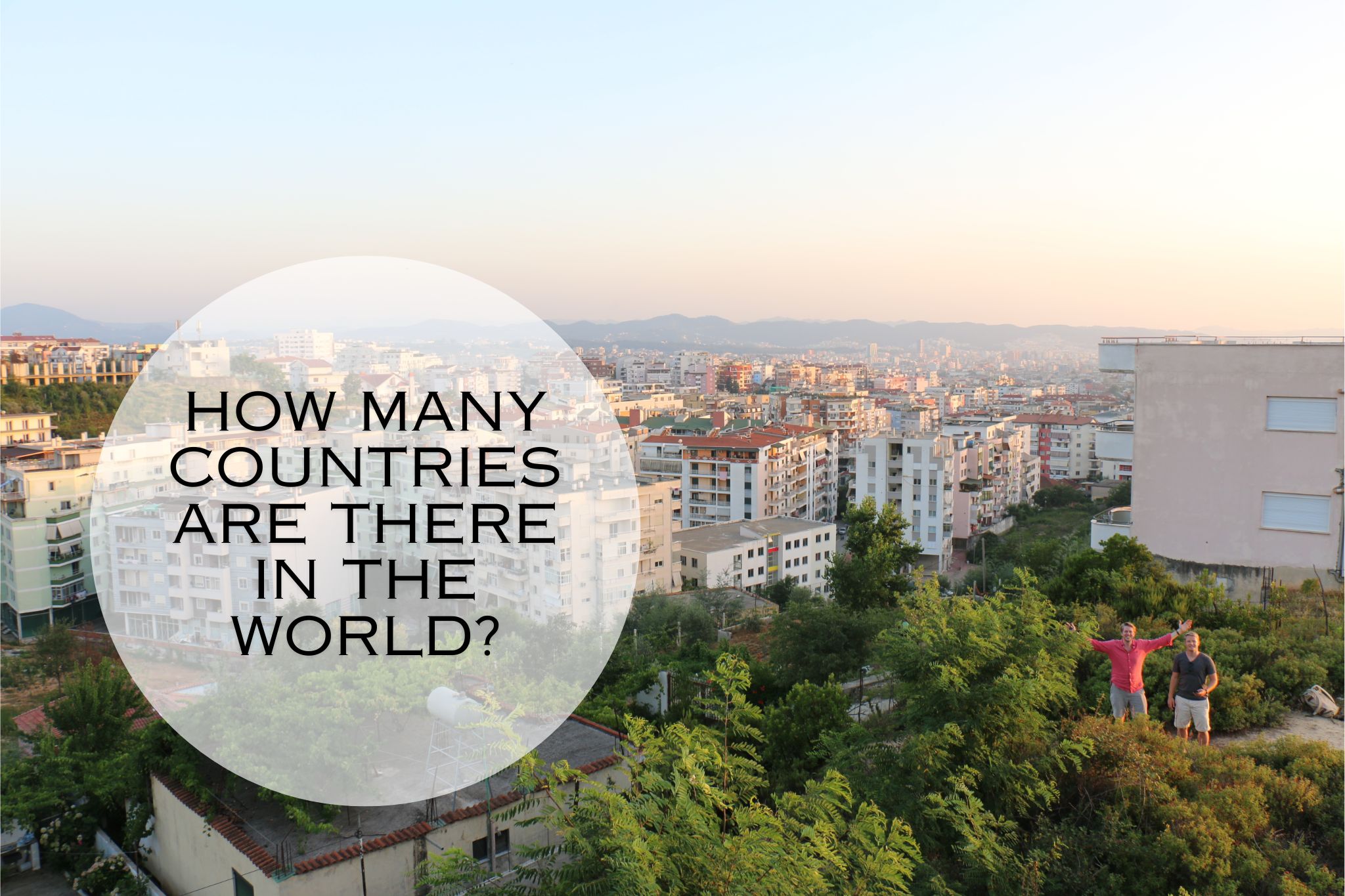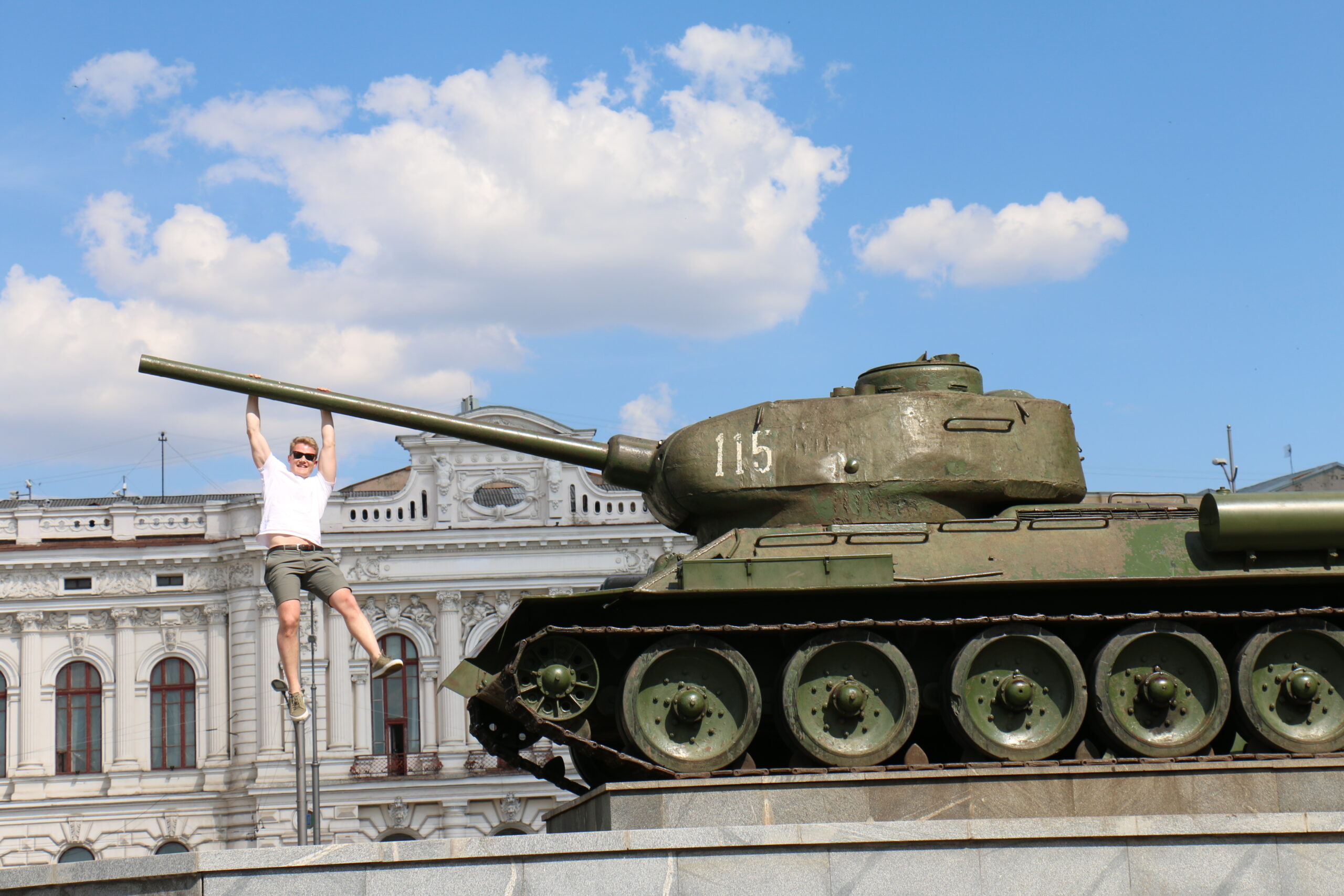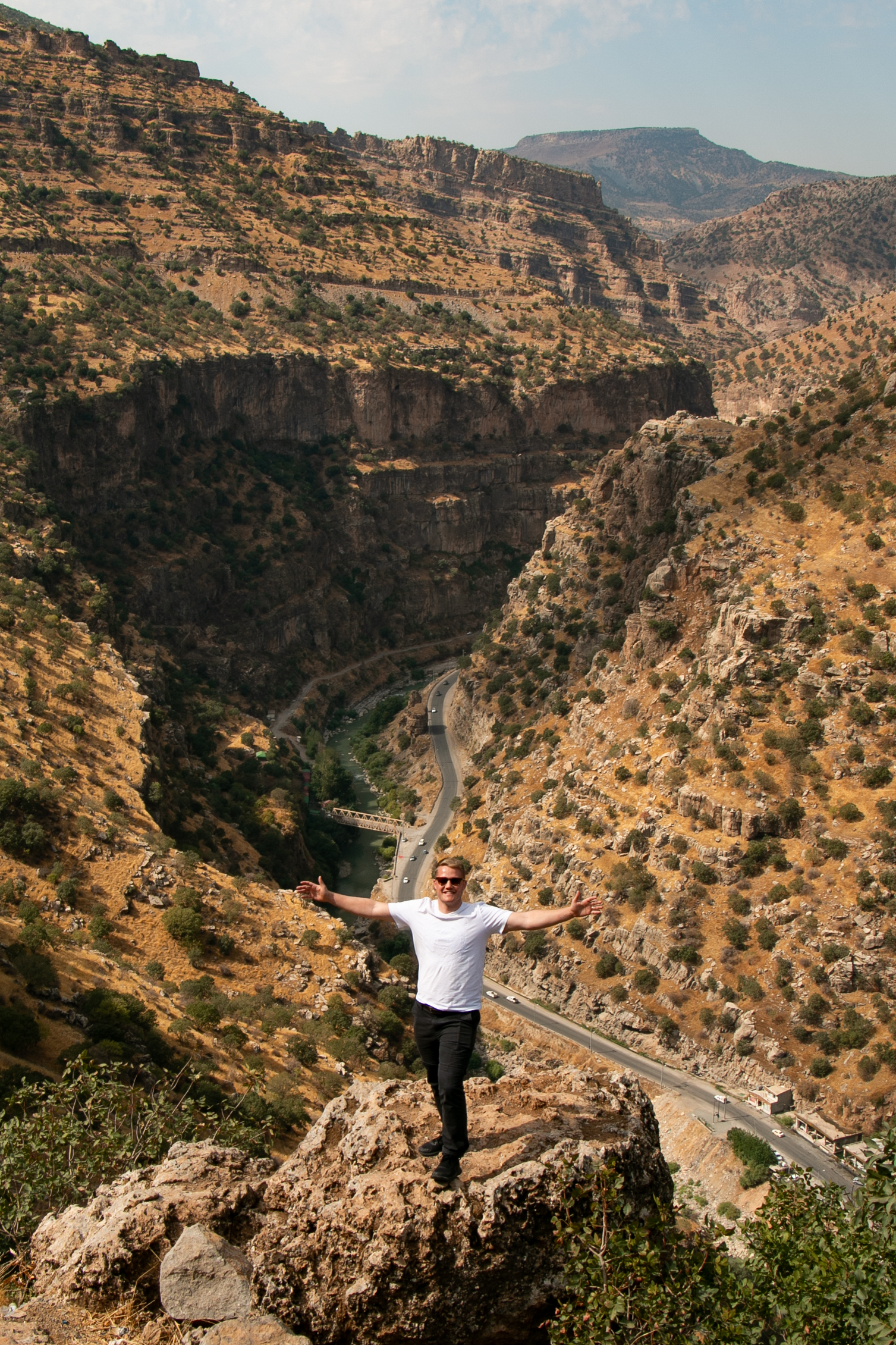
Embarking on a quest to visit every country in the world has led me to a fundamental question: How many countries are there, exactly? The answer, as I’ve learned, is a tapestry woven with legal definitions, geopolitical nuances, and a dash of subjective interpretation.
If I need to put my foot down I would argue that there are 197 countries in the world. This is based on the 193 UN member states and the two observer states, the State of Palestine and the Holy See. Additionally, there are two other countries, Taiwan and Kosovo, which both are partially recognized by the international community, bringing the country count to 197.
In this blog post, I’m going to go through the full list of what’s generally considered to be a country and what isn’t. We’ll look at the clear-cut cases, dive into some of the more disputed areas, and try to make sense of why some places are recognized as countries while others are not.
What is a Country?
First things first, what is a country? The way to define a country was set in 1933 at the Montevideo Convention, where in total four criteria were established for a country to be able to call itself a country:
1. a permanent population,
2. a defined territory,
3. a government,
4. the capacity to engage diplomatically with other states.
Although the Montevideo Convention does not mention international recognition in its criteria, it is key factor that plays a vital role when defining whether a country is actually a country. Applying these criteria in the real world is harder and not as straightforward as one might think and most often it is the latter condition that often causes doubt.

The UN Member State List
The United Nations’ list of member states is a safe bet and a great way to start when defining our list of every country in the world. UN membership signifies that the member state meets both the criteria according to the Montevideo convention and has broad international recognition.
United Nations currently has 193 member states. But that’s not all. They also have 2 permanent observer states, which include the State of Palestine and the Holy See (a.k.a Vatican City), which brings the country count to 195 countries including the 2 permanent observer states. But then comes the trick part…
The Political Grey Zone
Then we come to the trick part – the political grey zone of what is considered to be a country. Kosovo being one of them, that declared independence from Serbia in 2008, however is currently recognized by around half the UN member nations (102 to be exact), which in my book, makes the cut to the countries of the world list.

Additionally, there is Taiwan, frequently involved in discussions about China and its “One China” policy, which asserts that Taiwan is part of mainland China. Currently, only a few United Nations member states recognize Taiwan. However, numerous countries worldwide opt not to officially acknowledge Taiwan as an independent nation, mainly due to concerns about risking their economic and political relationships with China. Despite its limited recognition, there seems to be a consensus among travelers to consider Taiwan a country, and I personally concur with this view. This brings the total country count to 197.
List Of All Countries In The World
Below I have compiled a list of all the 197 countries in the world and how many of them I have visited a total of 77 countries.
UN Member States (193)
1. Afghanistan
2. Albania ✅
3. Algeria ✅
4. Andorra ✅
5. Angola
6. Antigua and Barbuda
7. Argentina ✅
8. Armenia
9. Australia ✅
10. Austria ✅
11. Azerbaijan
12. Bahamas
13. Bahrain
14. Bangladesh
15. Barbados
16. Belarus ✅
17. Belgium
18. Belize
19. Benin
20. Bhutan
21. Bolivia
22. Bosnia and Herzegovina ✅
23. Botswana
24. Brazil ✅
25. Brunei
26. Bulgaria ✅
27. Burkina Faso
28. Burundi
29. Cabo Verde
30. Cambodia ✅
31. Cameroon
32. Canada ✅
33. Central African Republic
32. Chad
33. Chile
34. China ✅
35. Colombia
36. Comoros
37. Democratic Republic of the Congo
38. Republic of the Congo
39. Costa Rica
40. Côte d’Ivoire
41. Croatia ✅
42. Cuba ✅
43. Cyprus
44. Czech Republic ✅
45. Denmark ✅
46. Djibouti
47. Dominica
48. Dominican Republic
49. Ecuador
50. Egypt ✅
51. El Salvador
52. Equatorial
53. Guinea
54. Eritrea
55. Estonia ✅
56. Eswatini/Swaziland
57. Ethiopia
58. Fiji
59. Finland ✅
60. France ✅
61. Gabon
62. Gambia
63. Georgia ✅
64. Germany ✅
66. Ghana
67. Greece ✅
68. Grenada
69. Guatemala
70. Guinea
71. Guinea-Bissau
72. Guyana
73. Haiti
74. Honduras
75. Hungary ✅
76. Iceland
77. India ✅
78. Indonesia ✅
79. Iran ✅
80. Iraq ✅
81. Ireland
82. Israel
83. Italy ✅
84. Jamaica ✅
85. Japan ✅
86. Jordan ✅
87. Kazakhstan
88. Kenya ✅
89. Kiribati
90. Korea, North
91. Korea, South
92. Kuwait
93. Kyrgyzstan
94. Laos ✅
95. Latvia ✅
96. Lebanon
97. Lesotho
98. Liberia
99. Libya
100. Liechtenstein ✅
101. Lithuania ✅
102. Luxembourg ✅
103. Madagascar
104. Malawi
105. Malaysia ✅
106. Maldives
107. Mali
108. Malta
109. Marshall Islands
110. Mauritania
111. Mauritius
112. Mexico ✅
113. Micronesia
114. Moldova
115. Monaco ✅
116. Mongolia
117. Montenegro ✅
118. Morocco ✅
119. Mozambique
120. Myanmar ✅
121. Namibia
122. Nauru
123. Nepal ✅
124. Netherlands ✅
125. New Zealand
126. Nicaragua
127. Niger
128. Nigeria
129. North Macedonia ✅
130. Norway ✅
131. Oman
132. Pakistan
133. Palau
134. Panama
135. Papua New Guinea
136. Paraguay ✅
137. Peru ✅
138. Philippines ✅
139. Poland ✅
140. Portugal ✅
141. Qatar ✅
142. Romania ✅
143. Russia
144. Rwanda
145. Saint Kitts and Nevis
146. Saint Lucia
147. Saint Vincent and the Grenadines
148. Samoa
149. San Marino ✅
150. Sao Tome and Principe
151. Saudi Arabia
152. Senegal
153. Serbia ✅
154. Seychelles
155. Sierra Leone
156. Singapore ✅
157. Slovakia ✅
158. Slovenia ✅
159. Solomon Islands
160 Somalia
161. South Africa ✅
162. South Sudan
163. Spain ✅
164. Sri Lanka ✅
165. Sudan
166. Suriname
167. Sweden ✅
168. Switzerland ✅
169. Syria
170. Tajikistan
171. Tanzania ✅
172. Thailand ✅
173. Timor-Leste
174. Togo
175. Tonga
176. Trinidad and Tobago
177. Tunisia ✅
178. Turkey ✅
179. Turkmenistan
180. Tuvalu
181. Uganda
182. Ukraine ✅
183. United Arab Emirates ✅
184. United Kingdom ✅
185. United States ✅
186. Uruguay
187. Uzbekistan
188. Vanuatu
189. Venezuela
190. Vietnam ✅
191. Yemen
192. Zambia
193. Zimbabwe
- Holy See (Vatican City) (Visited) ✅
- State of Palestine
UN Observer States (2)
- Taiwan
- Kosovo (Visited) ✅
Others (2)
But What About Other “Grey-Zone” Countries?
As you may have guessed, once the door is opened to disputed territories and partially recognized countries such as Taiwan and Kosovo, numerous other entities, come into consideration for country status. Apart from Taiwan and Kosovo, there are roughly 8 unrecognized republics spread across the globe:
- Somaliland (Somalia)
- Kurdistan (Iraq)
- Transnistria (Moldova)
- South Ossetia (Georgia)
- Abkhazia (Georgia)
- Nagorno Karabakh (Armenia)
- Northern Cyprus (Turkey)
- Western Sahara (Morocco)
So are they regarded as countries? The brief answer is no, but let me elaborate.
Somaliland
Somaliland is a unique case. It declared independence from Somalia in 1991 and according to the criteria set by the Montevideo Convention, Somaliland largely meets these conditions. It has a functioning political system, its own currency, and a relatively stable economy and security compared to Somalia.
However, although Somaliland does have some diplomatic ties, mainly with neighboring countries, it has no international recognition, and therefore CAN NOT be called a country. Instead, Somaliland is to be considered to be an autonomous region within Somalia.
Kurdistan
Kurdistan refers to an area across parts of Iraq, Turkey, Iran, and Syria, mainly inhabited by the Kurdish people. The Kurds, numbering around 40 million, are known as the largest ethnic group without their own country.
The Kurdish region in Iraq (a region I visited in 2023) is however a different story. It operates under its own government, has clearly defined borders within Iraq, and maintains a distinct visa policy separate from the rest of the country. Additionally, the Kurdistan region in Iraq holds diplomatic relations with various countries worldwide, including having representation offices in 14 countries (My home country of Sweden being one of them)

Despite all this, the Kurdistan region in Iraq is not considered a separate country but rather an autonomous region within Iraq’s federal structure. This status stems from its lack of recognition as an independent state by the international community. Therefore, technically, when visiting Kurdistan, you are actually in Iraq. Personally, I count my visit to Kurdistan as having been to Iraq (at least for now), but I’m likely to visit the federal part of Iraq eventually as part of my quest to travel to every country in the world.
Transnistria
Following the fall of the Soviet Union, the microstate of Transnistria, also known as the Pridnestrovian Moldavian Republic, proclaimed itself independent from Moldova in 1990. Transnistria has its own government, constitution, military, and currency, and it operates de facto as an independent state. However, its independence is recognized by only a few non-UN member states and entities (Abkhazia, South Ossetia and Nagorno-Karabakh). Internationally, Transnistria is recognized as a part of Moldova.
South Ossetia
South Ossetia, just like Transnistria is considered to be a post-soviet “frozen conflict” that declared it independence in 1991 following the dissolution of the Soviet Union. Its international recognition is limited to a few UN-member states: Russia, Venezeula, Syria, Nauru and Nicaragua as well as by the non-UN member states of Transnistria, Abkhazia and Nagorno-Karabakh. Internationally recognized as a part of Georgia. South Ossetia’s status is a significant point of tension between Georgia and Russia, with the latter having significant influence in the region.
Abkhazia
Abkhazia, also much like South Ossetia and Transnistria, belongs to the post-soviet “frozen conflicts”. It proclaimed independence in 1999 and is also recognized by only a handful of UN member states: Russia, Nicaragua, Venezuela, Syria, and Nauru, as well as the non-UN member states of Transnistria, Abkhazia, and Nagorno-Karabakh. Abkhazia maintains a separate government and de facto operates independently, but its status remains a contentious issue in Georgian-Russian relations.
Nagorno-Karabakh (Artsakh)
Nagorno-Karabakh, also known as Artsakh, is a landlocked region in the South Caucasus, internationally recognized as part of Azerbaijan but mostly governed by the Republic of Artsakh, a de facto independent state with an Armenian ethnic majority.
Its declaration of independence in 1991 led to a war with Azerbaijan, and the conflict has remained unresolved since then. The region is not recognized as independent by the United Nations or any UN member states, however, the non-UN-member states of Transnistria, South Ossetia and Akhazia do recognize Nagorno-Karabakh as an independent state.
Northern Cyprus
Northern Cyprus declared independence in 1983, following a Turkish military intervention in response to a Greek-inspired coup in Cyprus in 1974. Only Turkey recognizes Northern Cyprus as an independent state. The rest of the world, including the United Nations, views it as part of the Republic of Cyprus.
Western Sahara
Western Sahara is a territory in North Africa, claimed and mostly controlled by Morocco. Its status as a country is disputed, with the Sahrawi Arab Democratic Republic (SADR) claiming sovereignty over the territory. Western Sahara is currently recognized by 47 UN member states, the African Union and also by South Ossetia. However, the United Nations considers Western Sahara a non-self-governing territory, and the majority of the international community does not recognize the SADR’s claim to sovereignty.
Conclusion
So there you have it folks, 197 countries in total plus an additional 8 countries if you add the disputed territories to the list, making the final count 205 countries in the world in 2024. However, the final tally often hinges on perspective. It’s a common saying, yet profoundly true – most travelers would agree that the essence of travel transcends mere box-ticking. For me, it’s a lifelong quest, a journey towards not just reaching but experiencing each of these 205 countries and more.
